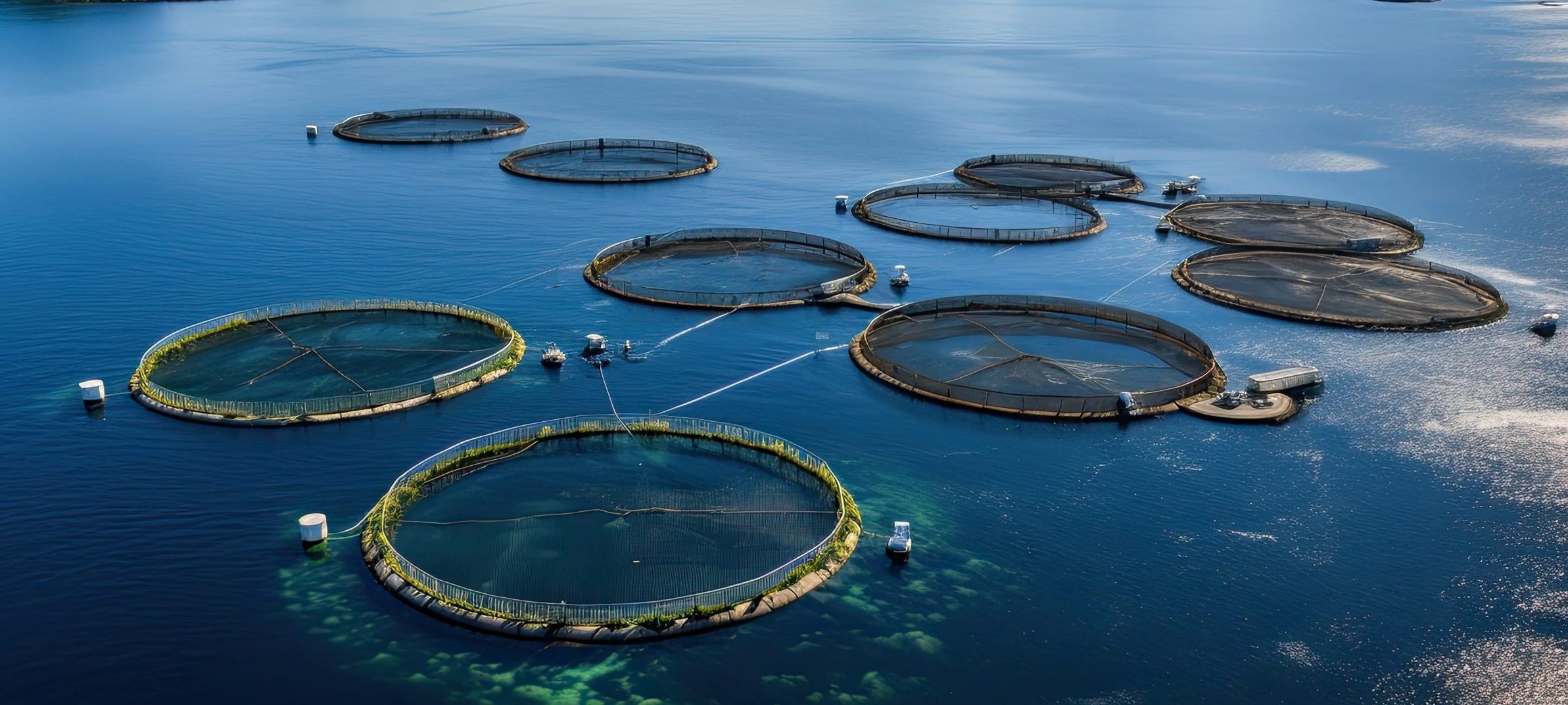In today’s competitive aquaculture industry, the pressure to maximize yields while minimizing costs has never been greater. One emerging solution that is gaining attention is the use of safe UV technology—a chemical-free water treatment method that reduces dependency on antibiotics and harmful chemicals. By integrating safe UV disinfection into aquaculture practices, operations can achieve substantial cost savings and boost yields, paving the way for a more sustainable and economically viable future.
Reducing Antibiotic Use and Chemical Dependency
Traditionally, aquaculture systems have relied on antibiotics and chemical disinfectants to manage pathogens and maintain water quality. However, the overuse of these substances not only escalates operational costs but also poses environmental risks and contributes to the development of antibiotic-resistant bacteria. Safe UV technology offers an alternative approach by using UV-C light at specific wavelengths to inactivate pathogens without adding chemicals to the water. This chemical-free method dramatically reduces the need for antibiotics, leading to a safer product for consumers and a healthier environment for aquatic life.
Cost Savings and Operational Efficiency
Implementing safe UV technology can lead to significant economic benefits. Here’s how:
- Reduced Treatment Costs: By eliminating the need for chemical disinfectants and antibiotics, farms can lower their recurring expenditures on these products. Safe UV systems, once installed, require minimal maintenance and have a long service life, leading to reduced overall operating costs.
- Enhanced Water Quality: UV-C disinfection continuously neutralizes pathogens, ensuring that the water remains clear and healthy. This consistency in water quality minimizes the incidence of disease outbreaks, reducing the financial losses associated with high mortality rates and the need for reactive treatments.
- Lower Labor Costs: Chemical dosing systems often require constant monitoring and adjustments. In contrast, UV systems can operate automatically, freeing up valuable labor resources and allowing farm operators to focus on other critical aspects of production.
- Energy Efficiency: Modern safe UV systems are designed to be energy-efficient, ensuring that the benefits of pathogen control are achieved without a substantial increase in electricity costs. This balance between effectiveness and energy consumption contributes to overall cost savings.
Boosting Yields and Enhancing Productivity
Maintaining optimal water quality is crucial for the growth and health of fish and shrimp. Chemical residues from traditional treatments can sometimes stress aquatic organisms, leading to slower growth rates and reduced yields. With safe UV technology, water remains free of these residual chemicals, which in turn supports:
- Improved Growth Rates: Healthier water conditions promote natural growth patterns and stronger immune systems in fish. This results in faster growth and better feed conversion ratios.
- Enhanced Biosecurity: A chemical-free environment reduces the risk of pathogen resistance, ensuring that the biosecurity measures in place remain effective over the long term. Consistently healthy stocks translate to higher overall yields.
- Sustainable Production: By embracing eco-friendly practices, farms not only boost productivity but also enhance their market reputation. Consumers and regulators are increasingly favoring sustainably produced seafood, which can open doors to premium markets and higher profit margins.
A Step Toward Sustainable Aquaculture
The integration of safe UV technology represents a transformative step in aquaculture water treatment. By shifting away from chemical-dependent practices, farms can achieve a dual benefit: significant cost savings and improved productivity. Moreover, chemical-free water treatment aligns with global trends toward environmental sustainability, reducing the ecological footprint of aquaculture operations.
Products like BEAM WATER leverage advanced safe UV technology and AI-powered monitoring systems to provide an all-in-one solution for maintaining pristine water quality. With continuous pathogen inactivation and real-time data insights, such systems ensure that farms can operate at peak efficiency while safeguarding both the environment and the health of aquatic species.

